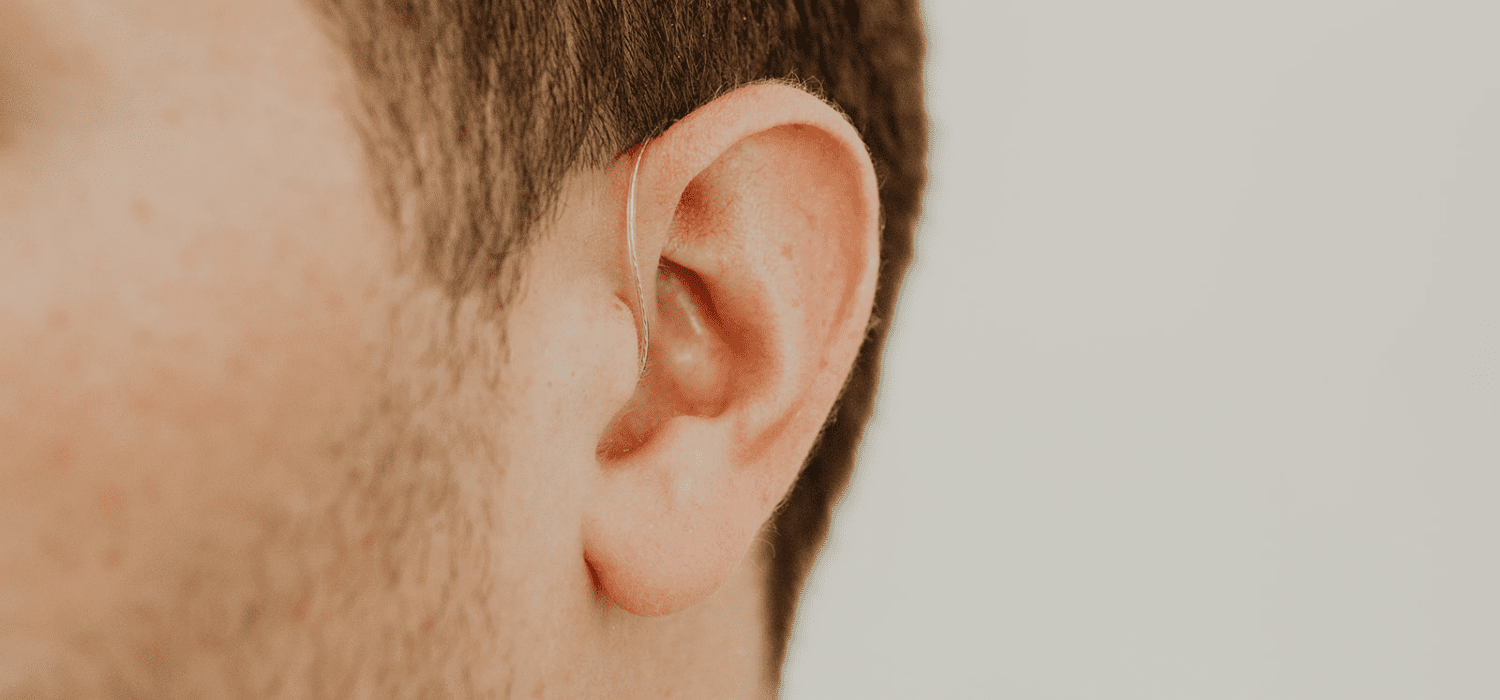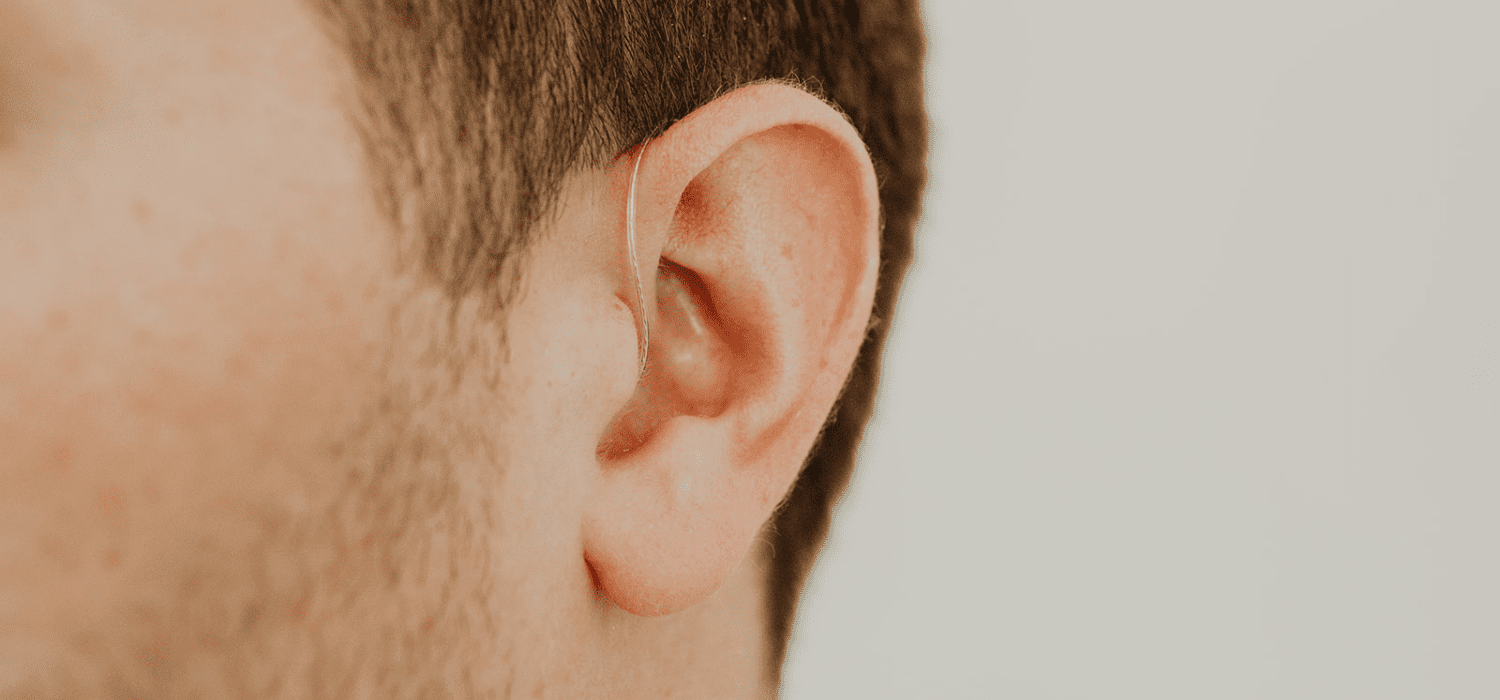As we become smarter, savvier consumers, we start to pick apart our goods. Is this peach locally grown and organic? Am I supporting local business with this handmaid jewelry? Who actually built my iPhone? The more we know about where our products come from, who created them, and how they got into our hands, the better we can piece together their worth. Just like everyone who wears hearing aids has a story, so do their hearing aids. Like televisions and eyewear, a few global manufacturers dominate the hearing aid market. Here are the top players manufacturing hearing aids.
The top hearing aid manufacturers
1. Phonak – This Swiss company started back in 1947 and became the world’s largest maker of hearing aids. Known for producing quality hearing aids, and recent innovative solutions for children with hearing loss. They also own Lyric, the only completely invisible hearing aid on the market. Phonak falls under the umbrella of the larger company of Sonova who also owns Unitron, so they produce a wide array of hearing devices. If you purchased hearing aids at Costco, chances are you have Phonaks. 2. GN ReSound – This Danish company started around the same time in 1943 and is known for their open-fit hearing devices, which are small and do not lie within the ear canal. Additionally, their Linx hearing aid, along with the next manufacturer’s Halo hearing aids, are the only two made with iPhone connectivity. 3. Starkey – Along with being the only American-made hearing aid on this list, Starkey gained great popularity through their Starkey Hearing Foundation. This non-profit donated over 1 million hearing aids to deserving individuals who could not otherwise afford hearing aids. Starkey created the first hearing aid to go inside the ear canal and also has a device specifically for those who suffer from tinnitus. 4. Oticon – Oticon started all the way back in 1904 in Denmark and created the very first digital hearing device known as the Digifocus. Their new hearing aids have come a long way since then and are now come equipped with Internet connectivity. They also created the BrainHearing philosophy to allow customers to hear sounds as naturally as possible. 5. Signia/Siemens – Things may get slightly confusing here: Signia was previously called Siemens but now falls under the Sivantos Group. Siemens dates back to 1878 when they created a telephone specifically for those with hearing loss. Fast-forward about 80 years, and they produced the first behind-the-ear device. Despite any name changes, Signia remains a dominant force in the hearing aid community. 6. Widex – Widex is another Danish company, started by a family in 1956. They formed the first completely digital hearing aid for inside the ear and also have a line specifically for babies born with hearing loss.
How hearing aids get to you
Hearing aids produced by these top manufacturers are usually sold in large quantities to buying groups. An individual audiologist would not need to or be able to buy in bulk, so these groups buy many hearing aids at the wholesale markup. Audiologists buy from buying groups and add their markups to the product for office overhead and services. This contributes to the very high cost of hearing aids. Disruptive companies like Audicus are an exception. The direct to consumer model allows us to partner directly with the manufacturer, and avoid buying from middlemen.
By: Diana Michel
Sources: Hearingtracker.com, Reuters, verywellhealth, Everyday Hearing




